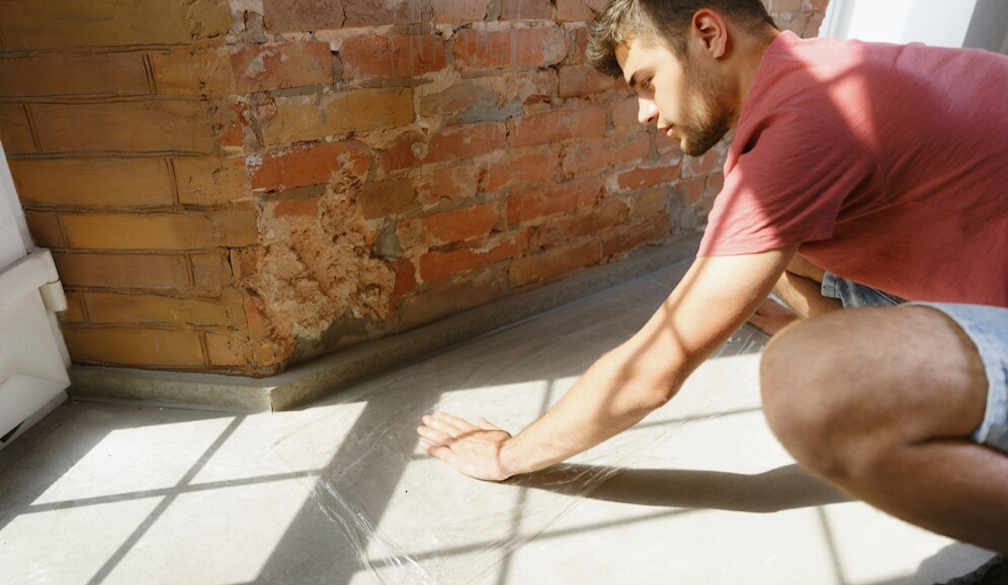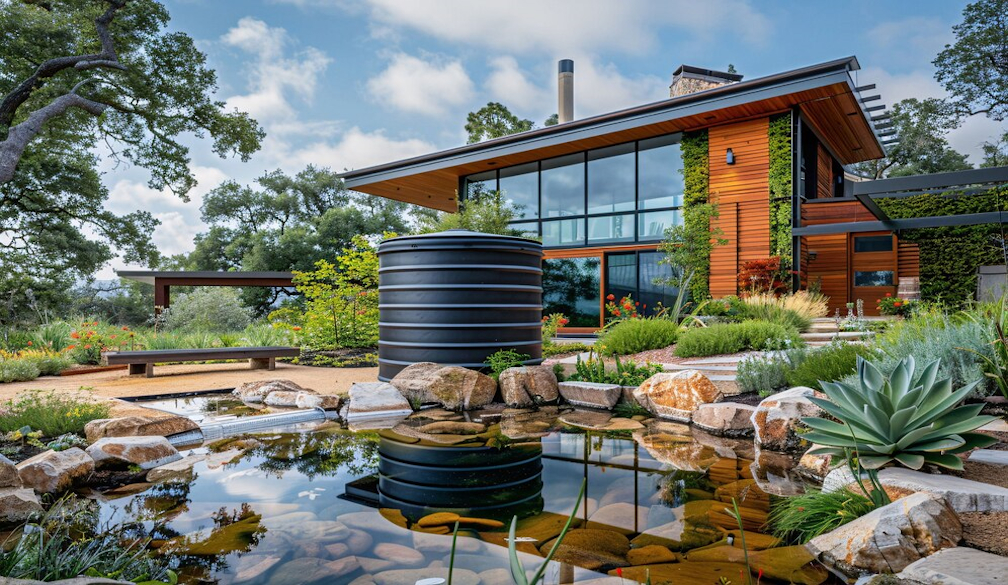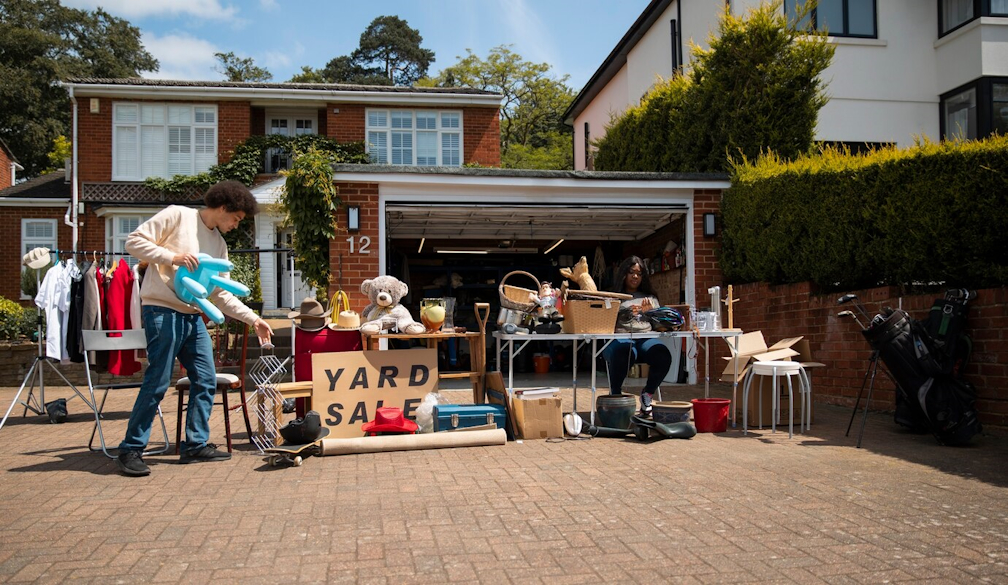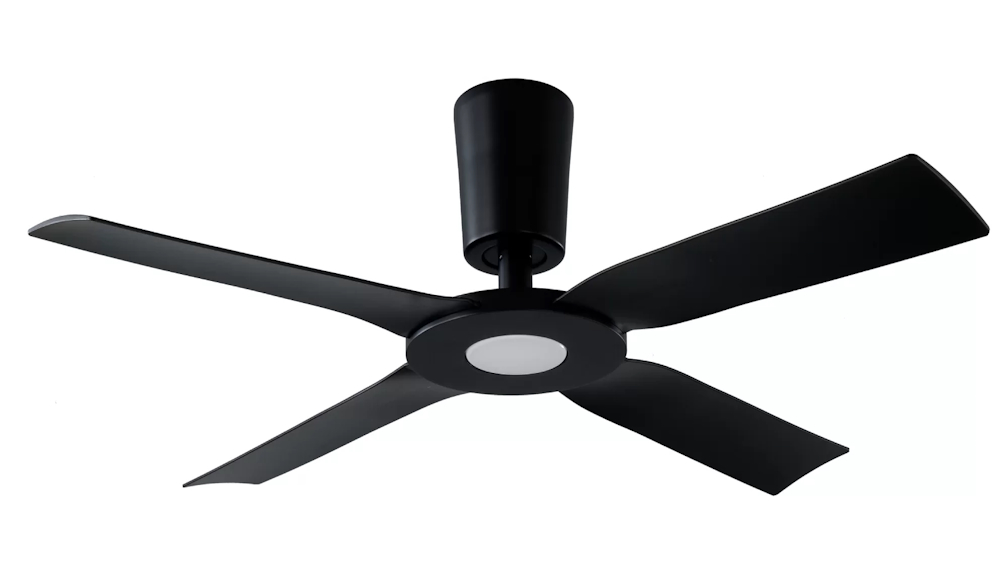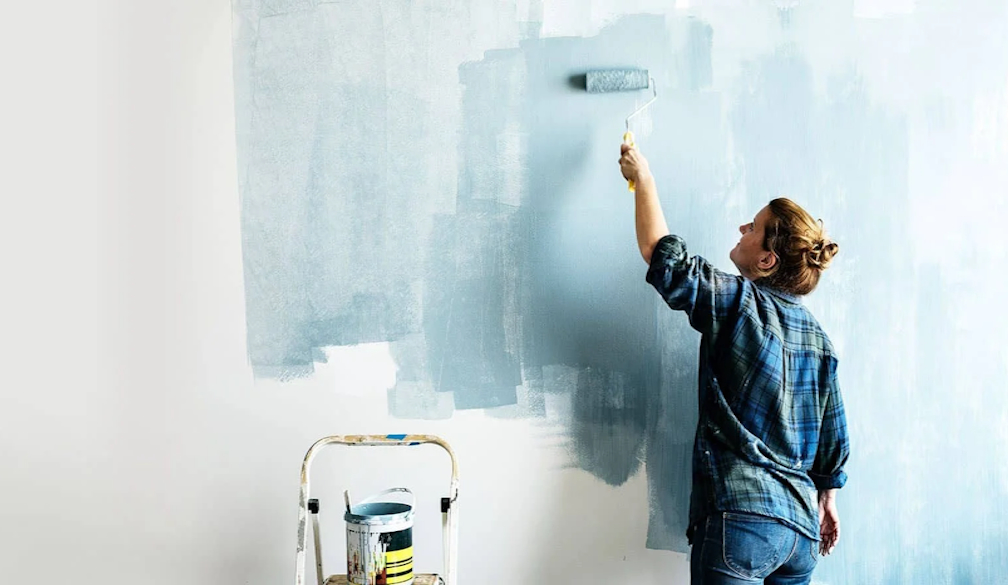Mastering the Flow: Tips and Techniques for Plumbers
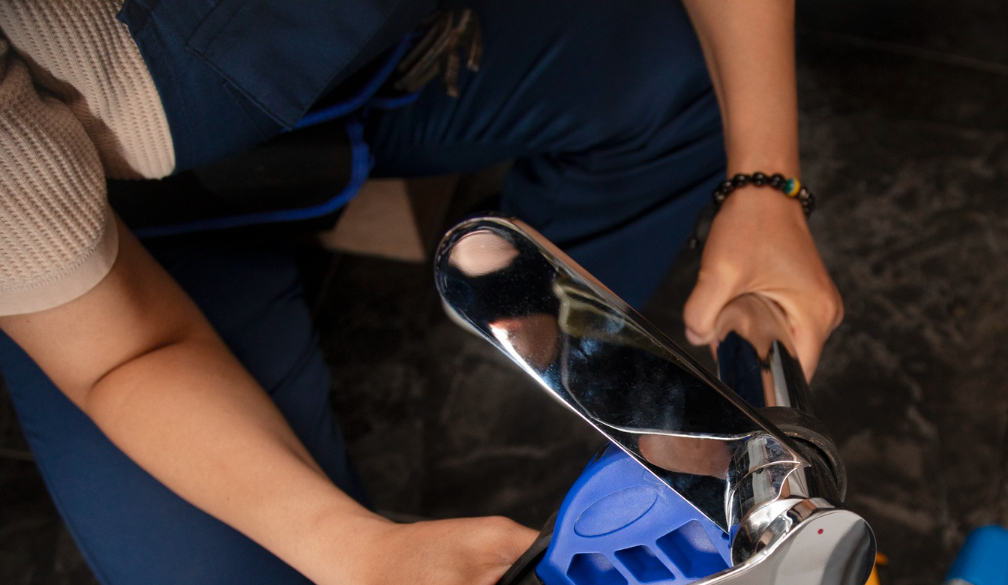
Plumbing issues can be a homeowner's worst nightmare, especially when faced with clogged drains. A blocked drain not only disrupts daily life but can also lead to more severe problems if not addressed promptly. As a plumber, understanding the common causes of clogged drains, mastering various drain cleaning methods, and implementing preventive measures can make you a trusted expert in the field.
In this guide, we will explore these essential tips and techniques to help plumber Ashfield tackle clogged drains with confidence.
Common Causes of Clogged Drains:
Hair and Soap Residue:
One of the most frequent culprits behind clogged drains is the accumulation of hair and soap residue. In bathroom drains, hair tends to combine with soap and form a stubborn obstruction over time. Educating homeowners about the importance of using drain screens can significantly reduce this issue.
Grease and Food Debris:
Kitchen drains often fall victim to grease and food debris. Over time, these substances build up inside pipes, causing blockages. The plumbers Ashfield are also encouraging homeowners to avoid pouring grease down the sink and to use strainers for catching food particles can help prevent clogs.
Foreign Objects:
Sometimes, foreign objects like toys, jewelry, or small items find their way into drains. These items can create blockages that require professional intervention. Advising homeowners to keep an eye on small children and to be cautious about what goes down the drain can prevent such incidents.
Toilet Paper and Hygiene Products:
In the bathroom, excessive use of toilet paper or flushing non-flushable items like wipes can lead to toilet and sewer line clogs. Educate clients about the proper use of toilet paper and recommend placing a trash bin in the bathroom for non-flushable items.
Drain Cleaning Methods
The classic plunger remains a plumber's best friend when it comes to clearing minor drain clogs. Ensure homeowners have a plunger on hand and understand the proper technique to use it effectively.
Auger or Snake:
For more stubborn clogs, an auger or snake can be employed. This tool helps reach deeper into the pipes, breaking up and dislodging blockages. Familiarize yourself with the different types of augers and snakes available to choose the most suitable one for the job.
Chemical Drain Cleaners:
Chemical drain cleaners are a quick solution for some clogs, but they should be used cautiously. Educate homeowners about the potential risks of chemical cleaners, including damage to pipes and harm to the environment. Emphasize the importance of following safety instructions when using these products.
Hydro-Jetting:
Hydro-jetting involves using high-pressure water to clear out stubborn clogs and debris in pipes. This method is effective for both residential and commercial applications and is often considered a more environmentally friendly option compared to chemical cleaners.
Preventive Measures to Avoid Recurring Clogs
Regular Maintenance:
Encourage homeowners to schedule regular plumbing maintenance to identify and address potential issues before they become major problems. This can include inspections, cleaning, and preventive measures to keep drains flowing smoothly.
Use of Drain Screens:
Installing drain screens in sinks, bathtubs, and showers can significantly reduce the amount of hair and debris that enters the plumbing system. This simple and cost-effective measure can prevent clogs and extend the life of the pipes.
Proper Disposal Practices:
Educate clients on proper disposal practices, such as avoiding flushing non-flushable items and refraining from pouring grease down the sink. Implementing good habits can go a long way in preventing clogs and maintaining a healthy plumbing system.
Tree Root Management:
For outdoor drains and sewer lines, tree roots can pose a significant threat. Advise homeowners to plant trees away from these areas and to be proactive in managing tree root intrusion through regular inspections and root barriers.
Trenchless Technology:
Trenchless sewer repair and replacement methods have revolutionized the plumbing industry. Techniques such as pipe bursting and pipe lining minimize disruption to landscapes and infrastructure, providing a more environmentally friendly and cost-effective alternative to traditional excavation methods.
Pipe Relining:
Pipe relining involves inserting a resin-coated lining into damaged pipes, creating a new and durable interior. This method is particularly useful for repairing cracks, leaks, and minor damages without the need for extensive excavation. Offering pipe relining services can set you apart as a plumber who embraces innovative solutions.
Educational Workshops for Homeowners:
Empower homeowners by conducting educational workshops on proper plumbing practices. Cover topics such as DIY maintenance, recognizing early signs of plumbing issues, and the importance of professional plumbing services. An informed homeowner is more likely to take preventive measures, reducing the frequency of emergency calls.
Emergency Response Plans:
Develop emergency response plans for clients, especially for commercial properties. Having a clear plan in place can minimize downtime in case of plumbing emergencies and demonstrate your commitment to providing efficient and reliable services.

